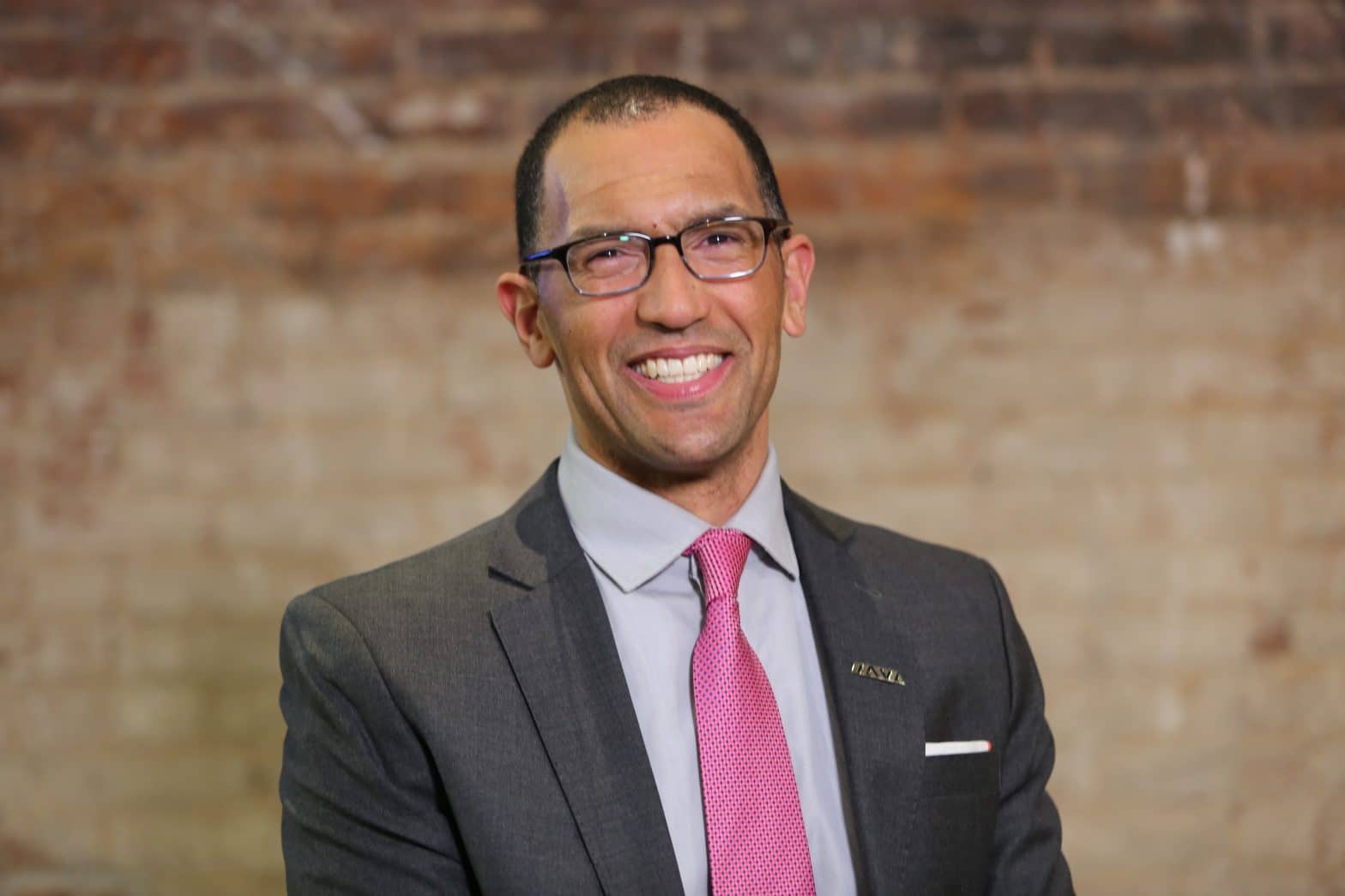In Light of Coronavirus Outbreak, Veterans Need Assurance That the VA Is Prepared
COMMENTARY

Fear and concern regarding the novel coronavirus continues to grow daily with an alarming number of new patients diagnosed around the world every day.
Iraq and Afghanistan Veterans of America (IAVA) is the leading post-9/11 veterans services organization, and as such, we are particularly concerned about the impact on the veteran population in the United States.
In the coming months there will likely be an increase in patients seeking diagnosis and treatment for coronavirus (COVID-19), with the most vulnerable population being Americans over the age of 65.
Half of the VA’s patients – some 400,000 veterans from WW2 – fall into this category. Furthermore, the VA manages 135 nursing homes, housing more than 8,000 veterans, all of whom are in the most at risk group of contracting the coronavirus.
As confirmed cases of coronavirus in the Department of Veterans Affairs (VA) patients rise, now is the time for Secretary Wilkie to outline his plan for how the VA will handle this growing threat. A preliminary email has been sent to the subscriber base for the VA that is not dissimilar to a note sent by big box retailers addressing the “wash your hands” and “precautions taken” talking points.
There has been no plan shared that addresses how the VA will address a potential pandemic run on the hospital system. We need to ensure that a fully developed, comprehensive plan is put in place and shared across the nation.
Many questions remain and not only do veterans and their loved ones deserve to know how the VA intends to care for those who have sacrificed so much for this country, but also because, as the largest integrated health care system in the United States, it is charged with providing care at more than 1,200 health care facilities to over 9 million Veterans enrolled in the VA health care program.
The level at which the VA is prepared to handle this deadly pandemic among the veteran population will be indicative of how the government is, or is not, prepared to handle it among the greater population.
For approximately half of those who served, upon separation from the military, the VA becomes the go-to provider for a community that often requires specialized care for both the physical and psychological wounds of war. There are roughly 20 million veterans living in the United States ranging from WWII veterans in their 80s and 90s to millenials in their 20s.
Regardless of their ages or medical conditions, VA must be prepared to meet their health care needs. In our most recent survey of the post-9/11 cohort of veterans, we found that 84% of IAVA members are enrolled in the VA, 54% rate their VA experience as excellent or good and 73% of survey respondents state that they feel safe when entering a VA facility.
While there are definite areas where improvement needs to be made, the reality is that the US Department of Veterans Affairs is a shining example for the rest of the world of how to treat and respond to the needs of a nation’s veteran population.
More than 60% of post-9/11 veterans have received care at the VA, and 53% of IAVA’s member survey respondents utilize the VA for their primary care.
While far from perfect, 59% of IAVA members rate their VA healthcare experience as good or great and, overall, this statistic is trending in the right direction as it has consistently moved up from a low of 42% in 2018.
In an era where science tells us that outbreaks like the coronavirus are likely to exponentially increase in the future, the VA has the opportunity to set the standard for how healthcare is provided in the US – especially dynamic, emergency healthcare to vulnerable populations.
The Departments of Defense and Veterans Affairs provide more health care than any other organization in the country and are both government agencies.
As worldwide discussion of the coronavirus moves from epidemic to pandemic, as both political parties debate the future of American healthcare, and as individuals, companies and elected officials struggle to fully understand and articulate the appropriate response to this health crisis, now is the time for our country’s appointed officials to show our veterans that they have a plan.
Secretary Wilkie, our veterans tell us that they like the care they receive from the VA. They need to know that the system they rely on is prepared for an emergency situation like the outbreak of COVID-19.
The time is now to explain how this community is protected by their healthcare provider before it is too late. All Americans need to see that the government is prepared to handle a medical crisis. The spot light is on you and the Department of Veterans Affairs to lead the way. Don’t let us down.
—
Jeremy Butler serves as CEO of Iraq and Afghanistan Veterans of America.
























